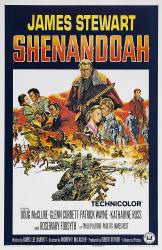
Factual error: After the birth of the baby, James Stewart and "Doc" Witherspoon are discussing the course of the war. "Doc" relates that he has always lived in Virginia and that his son died at Gettysburg at Little Round Top. No Virginia regiments fought at Little Round Top - only Alabama, Texas, Georgia, and Arkansas regiments.
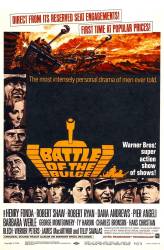
Factual error: None of the German tanks are accurate representations of German WWII types. They are all post war US variants. ie. M47 Patton Tanks. [Still a mistake, but an elaboration: This is a common problem in depicting German tanks: few, if any, survived the war. The few museum examples wouldn't be released for movie work, and certainly WHERE, some 20 years after the war, would one find a brigade's worth of running Tiger II tanks? Never mind that Kampgruppe Pieper, which Hessler's command is loosely based on, actually used Mark IV and Panther tanks. There was one King Tiger battalion, and it was in reserve well behind KG Peiper. The M47s versus the M24 Chafees (mistakenly called "Shermans" at times) is a fairly accurate comparison of the respective sizes, firepower, and other combat capabilities of the respective tanks. Some other movies, like "Kelly's Heroes", have their "Tigers" mocked-up with sheet metal, wire mesh, and sacking over a different type of tank (in that case, T-34/85s of the Yugoslav army are mocked up as Tiger Is, a fairly decent job).]
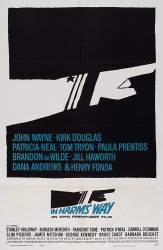
Continuity mistake: When Hugh O'Brian and Barbara Bouchet are driving up from the beach during the Japanese attack, they are in a Lincoln convertible. When the car explodes and goes over the cliff, it is either a Ford or Mercury convertible.
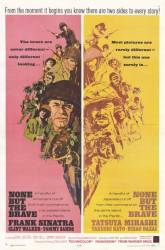
Continuity mistake: In the last scene, 2nd Lt. Blair is holding an army carbine on which the barrel is noticeably bent downward.
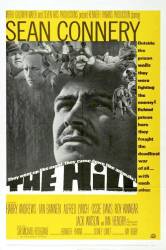
Continuity mistake: When they are all lined up for their medical inspection at the beginning of the film, the sun is coming up behind the hut casting a shadow in the front. When the Sargeant Major is then shown shouting from the hut, "I want this one (Bartlet) scrubbed with a yard broom." You can now see by the shadows that the sun is shinning directly at the hut. This would be impossible as there is only a few seconds between shots for this change to happen.
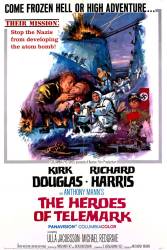
Factual error: The daylight air-raid on the Norwegian Heavy Water plant in 1942 was done by Boeing B17G bombers, with the distinctive chin gun turrets. These planes did not come into service until 1944, when they were introduced to counter the head-on attacks by German fighters.

Continuity mistake: The city railroad scenes were filmed in Spain, and many of the forest railroad scenes were filmed in Finland; in both of those countries, most of the railroad track is broad gauge (the rails are more than 5 feet apart). The plains and mountains railroad scenes were largely shot in Canada, where the rails are "standard gauge": 4' 8 & 1/2" apart. The rails can be seen to jump between far apart and closer together more than once as the movie progresses.
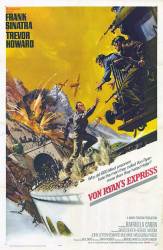
Factual error: Sergeant Bostick tells Colonel Ryan he is from the 113th Armored Division. The U.S. Army never had a 113th Armored Division in WW2.
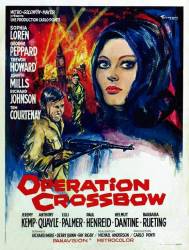
Factual error: In a wide shot of a battle, pictured in the background is a cooling tower for a nuclear plant. These did not exist during this time period.
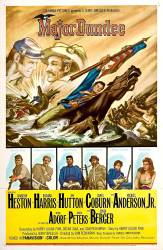
Character mistake: Ryan's final diary entry says the US Cavalry fought against "French irregulars." The French lancers were actually regular troops.
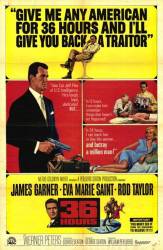
Continuity mistake: James Garner figures out he's being duped, and tells Eva Marie Saint to run out of the room screaming to draw attention to herself. She does and there's a shot of her on the hospital lawn with staff all around her. The next shot is James Garner looking out the window to see what their reaction is, and Eva Marie Saint can be seen behind him in the room.
Suggested correction: Is this actually an error? I believe the British Regiment who feature in this film are The Ninth Fusiliers. Well, there never has been a Ninth Fusiliers in the British army, either! For that matter, there never was a Colonel Joseph L Ryan, or a Major Eric Fincham, or a Major Battaglia. While this film is set in the Second World War, it is openly admitted that it is a wholly fictional story. Some Second World War films (A Bridge Too Far; The Longest Day; The Battle Of the Bulge) were made to recreate historical events, and so refer to soldiers and military units who existed. Other Second World War films like this one (Sahara, Escape To Victory, Ice Cold In Alex) while referencing actual events, and, showing sequences of events that are not beyond probability, are still stories. Since this is a fictional, imagined story, is it acceptable for soldiers to serve with fictional regiments or imaginary fighting units?
While some fictional accounts can be taken for granted and not counted as errors (even films based on true stories can have fictional characters), there are limits when setting films in the past. To have a 113th Armored Division is a valid mistake as the highest number in WWII was the 20th Armored Division, unlike Infantry Divisions that went into the 100's. This could almost be the same as giving a character an 8 or 11 number phone number.
Bishop73
The anonymous drive by hit and run "contributor" (not referring to you, Bishop73) may not have seen another post I made about Sgt. Bostick wearing a 4th Armored Division patch on his uniform: he says he is from the 113th A.D. (which never existed) but wears the 4th A.D. patch, which did exist in WW2, but did not see service until France in 1944.
Scott215